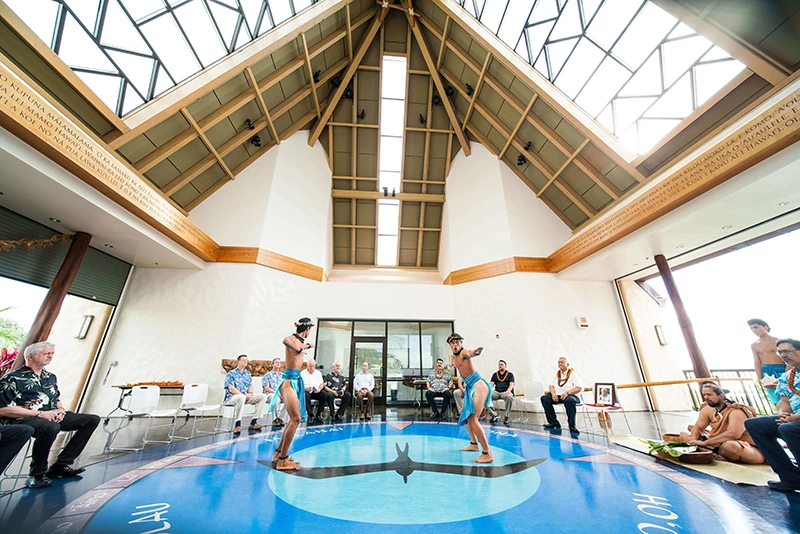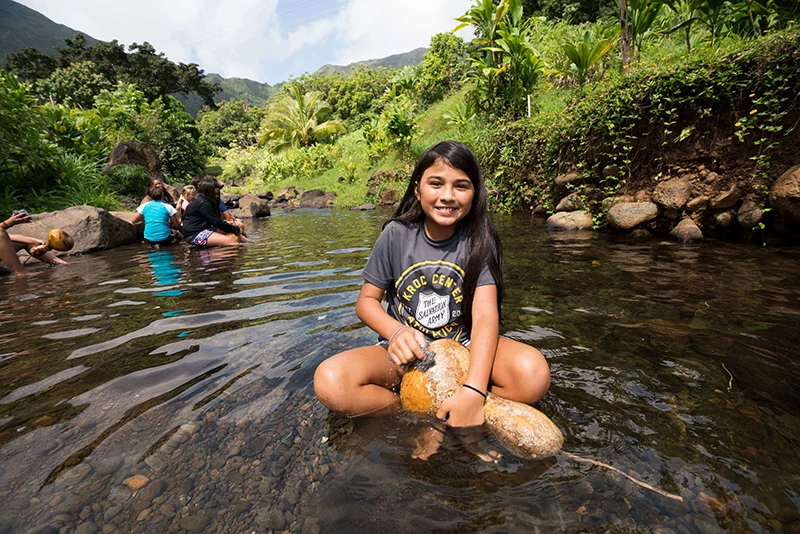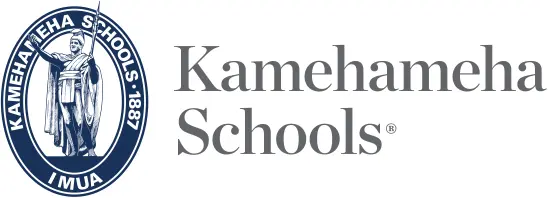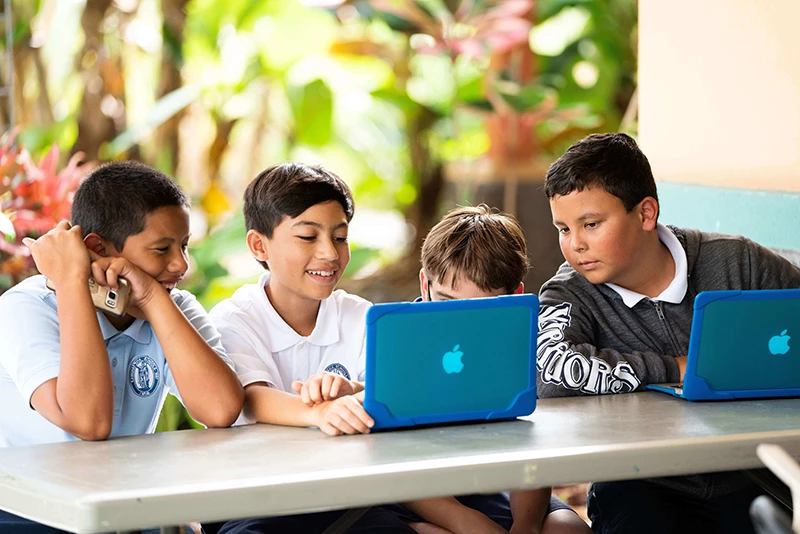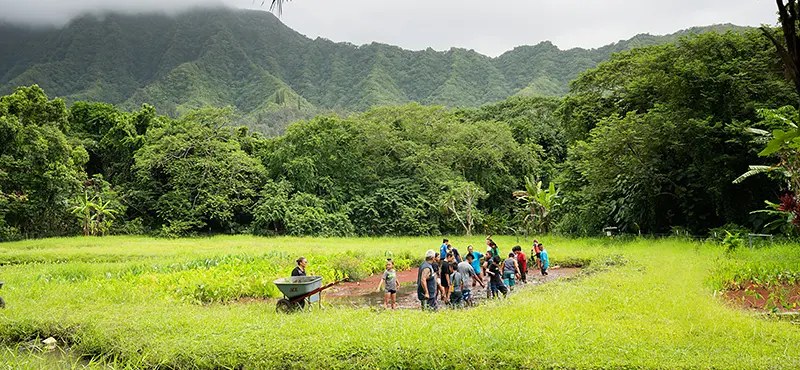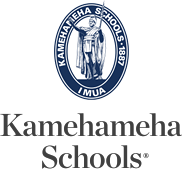Educators from Australia and New Zealand, to Canada and the United States continue to brainstorm methods to incorporate culture into classroom curriculum – something Kamehameha Schools Hawai‘i chemistry kumu Joel Truesdell has been doing for decades.
Truesdell, the 2017 National Science Teachers Association Shell Science Teaching Award recipient, shared his strategies and mana‘o with educators from multiple countries and cultural backgrounds at the World Indigenous Peoples Conference on Education in Toronto, Ontario, Canada.
The presentation focused on increasing student engagement, learning and achievement through the use of indigenous educational models and strategies.
“Hawaiian culture-based education, the more traditional method that occurred in Hawai‘i for hundreds of years, is critical because it takes education into the world of the kids,” Truesdell said. “You have them engaged with content they can understand. The learning is exciting, continuous and relevant.”
One particular hands-on lesson that Truesdell recounted involved haumāna observing and understanding chemical reactions through the traditional Hawaiian practice of utilizing poho pa‘akai (salt beds).
In the experiment, students visited traditional salt-drying ponds on a Hawai‘i island lava field and created “Hawaiian cement” by heating coral, adding water to the dust and small pieces and forming a calcium-rich substance similar to common over-the-counter antacids.
In addition to noticing the chemical reaction that took place, students also learned that this compound was used to line the salt ponds to form a protective barrier necessary to dry and harvest salt.
Truesdell stated that data collected regarding student progress through this innovative approach to learning is showing positive growth across the board. In school year 2010-11, 70 percent of KS-Hawai‘i students (30 individuals) were at or above the national average when it comes to preparedness for college-level chemistry courses. Following school year 2016-17, that figure grew to 83 percent via 58 individuals performing at or above the national benchmark.
“With Hawaiian culture-based education, the programs are geared to where everybody is successful – there really should be no failure,” Truesdell said. “It’s not separating kids based on those that can and those that can’t. If everybody taught this way, everybody would be successful in school; nothing’s more important than that.”
With Hawaiian culture-based education, the programs are geared to where everybody is successful – there really should be no failure. It’s not separating kids based on those that can and those that can’t. If everybody taught this way, everybody would be successful in school; nothing’s more important than that.
Joel Truesdell, KS Hawai‘i Chemistry Kumu
TAGS
sp2020 goal 2,
k-12,
ks hawaii
CATEGORIES
Kaipuolono Article, Themes, Culture, Employee ‘Ohana, Newsroom, Campus Programs, Hawaii
Print with photos
Print text only

